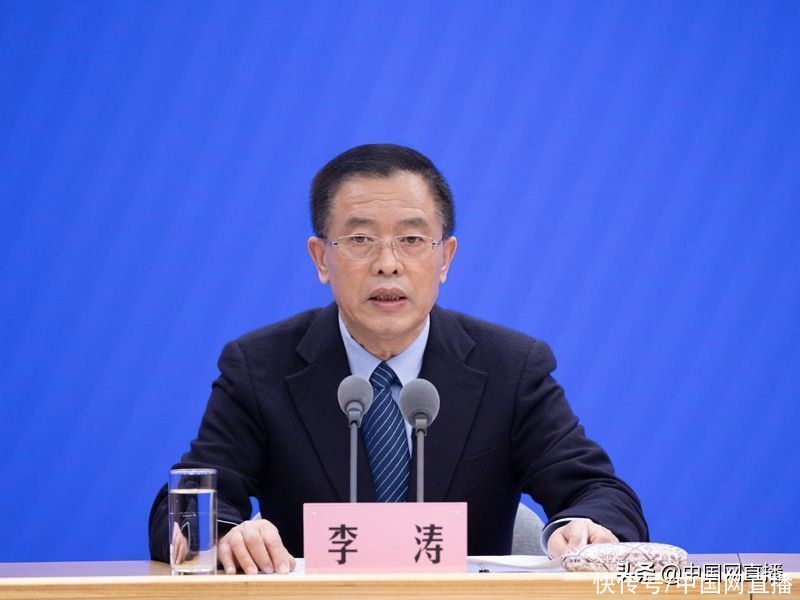The National Health and Health Commission is scheduled to hold a “Everything is for the health of the people – our ten years in the past ten years” will be held at 10:00 a.m. on April 25 (Monday). “Themed press conference, the Occupational Health Department of the National Health and Health Commission, the responsible comrades of the Occupational Health Center and experts from the Chinese Center for Disease Control and Prevention will attend. Introduce the main achievements and highlights of occupational health work since the 18th National Congress of the Communist Party of China, and answer questions from the media. China.com live broadcast, the following is the text record:

Photo: China Net Yang Jia
Reporter from CCTV Social and Legal Channel:
Director Wu has just introduced the work related to the prevention and treatment of pneumoconiosis. I would like to know a few more a more detailed question. First, how many cases of pneumoconiosis have been reported in my country, and how are they living now? In addition, in fact, the labor relationship of a certain proportion of these people is very unclear. How can we ensure that this statistic is accurate? thanks.
China CDC Occupational Health Chief Expert Li Tao:
Thank you for your question. Since 2019, the National Health Commission, in close cooperation with the Ministry of Public Security, the Ministry of Civil Affairs, the Ministry of Human Resources and Social Security, and the National Medical Insurance Bureau, has conducted a nationwide follow-up survey of occupational pneumoconiosis patients reported since the founding of New China. According to the survey results, by the end of 2021, a total of 915,000 people with occupational pneumoconiosis have been reported nationwide, and there are still about 450,000 people living with occupational pneumoconiosis. This is your first question.
As for your second question, the incubation period of pneumoconiosis is relatively long, averaging 10 to 20 years. This takes a long time. Many migrant workers with pneumoconiosis started to work in dust operations in the early days of reform and opening up. At that time, our country’s labor and employment system was not very perfect, and a considerable number of workers, especially migrant workers, were very mobile, often working in multiple Employers have worked before, and many of them may not have signed labor contracts with the employers, which makes it difficult to clarify the labor relationship, resulting in the inability to provide a clear occupational history and occupational disease hazard exposure history when diagnosing occupational diseases. As a result, a considerable number of workers cannot be diagnosed as occupational pneumoconiosis despite the typical clinical features of pneumoconiosis. It is difficult to accurately find out the number of pneumoconiosis patients who are not responsible in a short period of time. At present, many provinces and cities have done a lot of work and carried out thorough statistics. For example, since 2017, Hunan Province has implemented basic medical treatment and assistance for migrant workers pneumoconiosis, and implemented medical expenses subsidies for migrant workers who have no responsibility for pneumoconiosis. Thousands of migrant workers’ pneumoconiosis patients have been clinically diagnosed and rescued, and they have basically understood the number of migrant workers’ pneumoconiosis patients in the province. In the next step, we will continue to carry out active monitoring and screening of pneumoconiosis, and gradually find out the number of patients with pneumoconiosis.